FROZEN BEEF FORE QUARTERS
The Undervalued Powerhouse: Exploring the Potential of Frozen Beef Fore Quarters
FROZEN BEEF FORE QUARTERS. The name might not roll off the tongue like “ribeye” or “tenderloin,” but this substantial cut of beef, especially when frozen, holds a treasure trove of potential for both home cooks and professional chefs. Often overlooked in favor of its more glamorous counterparts, the frozen beef fore quarter offers a cost-effective solution for large-scale cooking, family meals, and innovative culinary creations.
What Exactly is a Beef Fore Quarter?
Essentially, the beef fore quarter encompasses the front portion of a beef carcass, typically including the shoulder, chuck, rib, brisket, and shank. This means it’s packed with a variety of muscles, each with its own distinct texture and flavor profile.
Why Choose Frozen?
Freezing beef fore quarters offers several key advantages:
Extended Shelf Life: Freezing significantly extends the shelf life, allowing you to purchase in bulk and reduce spoilage. This is particularly beneficial for large families or those who enjoy meal prepping.
Preservation of Quality: Properly frozen beef retains its taste and texture remarkably well. Advanced freezing techniques minimize ice crystal formation, which can damage muscle fibers and lead to a loss of moisture upon thawing.
Cost-Effectiveness: Fore quarters are often significantly more affordable than individually cut steaks and roasts. By purchasing frozen fore quarters in bulk, you can save money while still enjoying high-quality beef.
However. The beauty of the beef fore quarter lies in its versatility. Here’s a breakdown of the cuts you can expect and how to best utilize them:
Chuck: The workhorse of the fore quarter, the chuck is perfect for slow cooking. Think pot roasts, stews, and braises. Its rich marbling and connective tissue break down beautifully during long cooking times, resulting in incredibly tender and flavorful meat. Use it for pulled beef sandwiches, chili, or shredded beef tacos.
Rib: While the prime rib is the star here, the rib section also yields delicious ribeye steaks. Consider grilling them, pan-searing them, or even slow-roasting a bone-in rib roast for a special occasion.
Brisket: A BBQ staple, brisket requires patience but rewards you with smoky, tender, and flavorful meat. Slow-smoking or braising are the go-to methods for this tough cut.
Shoulder: Similar to chuck, the shoulder is ideal for slow-cooked dishes. Consider using it for barbacoa, carnitas, or even grinding it for exceptionally flavorful ground beef.
Shank: Another cut perfect for slow cooking, the shank is packed with flavor. It’s often used in osso buco, a classic Italian braised dish.
Tips for Handling and Preparing Frozen Beef Fore Quarters:
Proper Thawing: The best way to thaw a large cut like a fore quarter is in the refrigerator. This allows for slow and even thawing, minimizing bacterial growth. Allow ample time (several days depending on size).
Breaking Down the Fore Quarter: Breaking down a fore quarter requires some skill and the right tools. Consider investing in a good boning knife and watching some instructional videos to learn the best techniques. You can also ask your butcher to break it down for you.
Seasoning is Key: Don’t skimp on the seasoning! Beef fore quarters benefit from bold flavors and ample seasoning. Experiment with different rubs, marinades, and brines to enhance the natural flavor of the meat.
In conclusion, the frozen beef fore quarter is a culinary powerhouse waiting to be unlocked. With a little knowledge, skill, and creativity, you can transform this often-overlooked cut into a wide range of delicious and satisfying meals. So, next time you’re looking for a cost-effective and versatile option for your beef needs, don’t underestimate the power of the frozen fore quarter!
Be the first to review “FROZEN BEEF FORE QUARTERS” Cancel reply
Related products
Frozen Beef
Frozen Beef
Frozen Beef
Frozen Beef
Frozen Beef
Frozen Beef
Frozen Beef
Frozen Beef

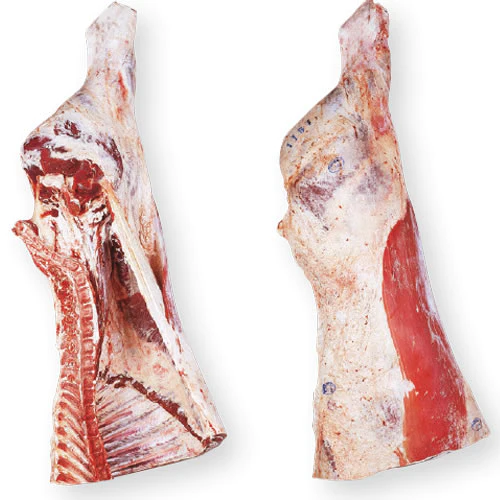
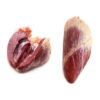
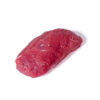


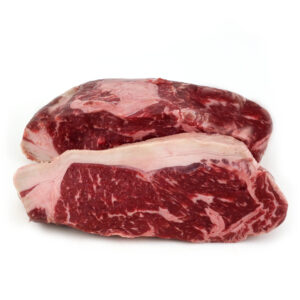




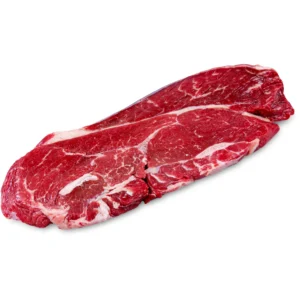
Reviews
There are no reviews yet.